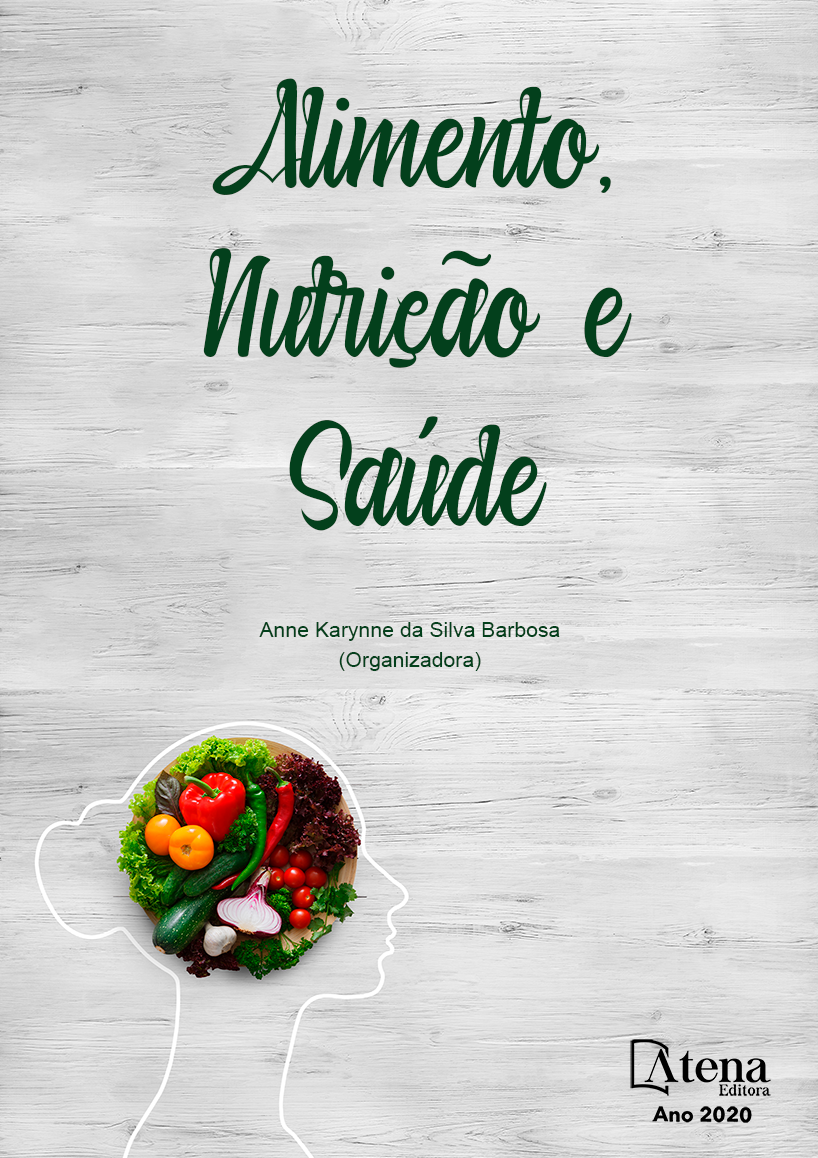
BEBIDA MISTA À BASE DE SUCOS DE UVA, POLPA DE AMORA E CHÁ DE HIBISCO: CARACTERÍSTICAS ANTIOXIDANTE E SENSORIAL
O objetivo deste trabalho foi desenvolver uma bebida denominada suchá, utilizando chá de hibisco, suco de uva e polpa de amora. Determinou-se a condição de processamento para a produção do suchá, visando uma maior extração de compostos fenólicos, posteriormente avaliou-se a capacidade antioxidante por diferentes métodos e caracterização da bebida (pH, sólidos solúveis totais, cor instrumental). Os resultados foram tratados estatisticamente por Superfície de resposta, Análise de Variância (ANOVA), comparadas pelo teste de Tukey com nível de significância de 5% (p ≤ 0,05) utilizando-se os programas Statistic 7.0 e SISVAR 5.6. Os melhores resultados em relação a compostos bioativos foram obtidos na formulação com menor concentração de hibisco (200 mL) e maior de polpa de amora e suco de uva (160 g e 300 mL, respectivamente). Na aceitação sensorial, os produtos avaliados tiveram uma boa aceitação entre os provadores e não teve diferença significativa entre eles, ponto positivo caso seja transformado em escala industrial, tendo em vista que poderá ser escolhida a formulação que for mais conveniente a indústria de alimentos.
BEBIDA MISTA À BASE DE SUCOS DE UVA, POLPA DE AMORA E CHÁ DE HIBISCO: CARACTERÍSTICAS ANTIOXIDANTE E SENSORIAL
-
DOI: 10.22533/at.ed.8902010086
-
Palavras-chave: suchá, planejamento experimental, aceitação
-
Keywords: suchá, experimental design, acceptance
-
Abstract:
The objective of this work was to develop a drink called suchá, using hibiscus tea, grape juice and blackberry pulp. The processing condition for the production of suchá was determined, aiming at a greater extraction of phenolic compounds, later the antioxidant capacity was evaluated by different methods and beverage characterization (pH, total soluble solids, instrumental color). The results were treated statistically by Response Surface, Analysis of Variance (ANOVA), compared by the Tukey test with a significance level of 5% (p ≤ 0.05) using the Statistic 7.0 and SISVAR 5.6 programs. The best results in relation to bioactive compounds were obtained in the formulation with the lowest concentration of hibiscus (200 mL) and the highest amount of blackberry pulp and grape juice (160 g and 300 mL, respectively). In terms of sensory acceptance, the evaluated products had a good acceptance among the tasters and there was no significant difference between them, a positive point if it is transformed into an industrial scale, considering that the formulation that is most convenient for the food industry can be chosen.
-
Número de páginas: 14
- Rodrigo Yukio Takata Nacano
- Suelen Siqueira dos Santos
- Carolina Moser Paraíso
- Luciana Alves da Silva Tavone
- Letícia Misturini Rodrigues
- Grasiele Scaramal Madrona
- Ana Paula Stafussa


